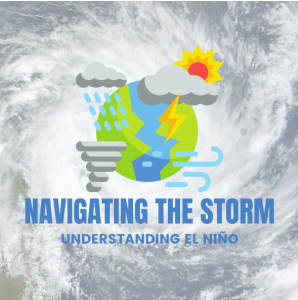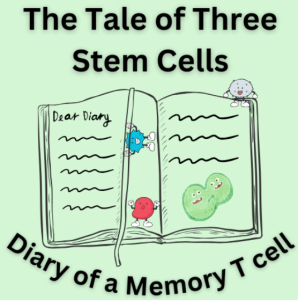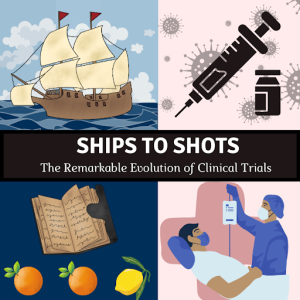Navigating the Storm: Understanding El Niño’s Role in Midwest Weather
By Bianca Loglisci, C2ST Intern, Loyola University
If you live in the Midwest, you may have noticed that the weather has been all over the place lately. From 70-degree days in mid-February to 20-degree days at the end of March, the fluctuating seasons may seem frustratingly unexplainable. Part of an explanation for this wacky weather falls to a natural phenomenon called El Niño.





